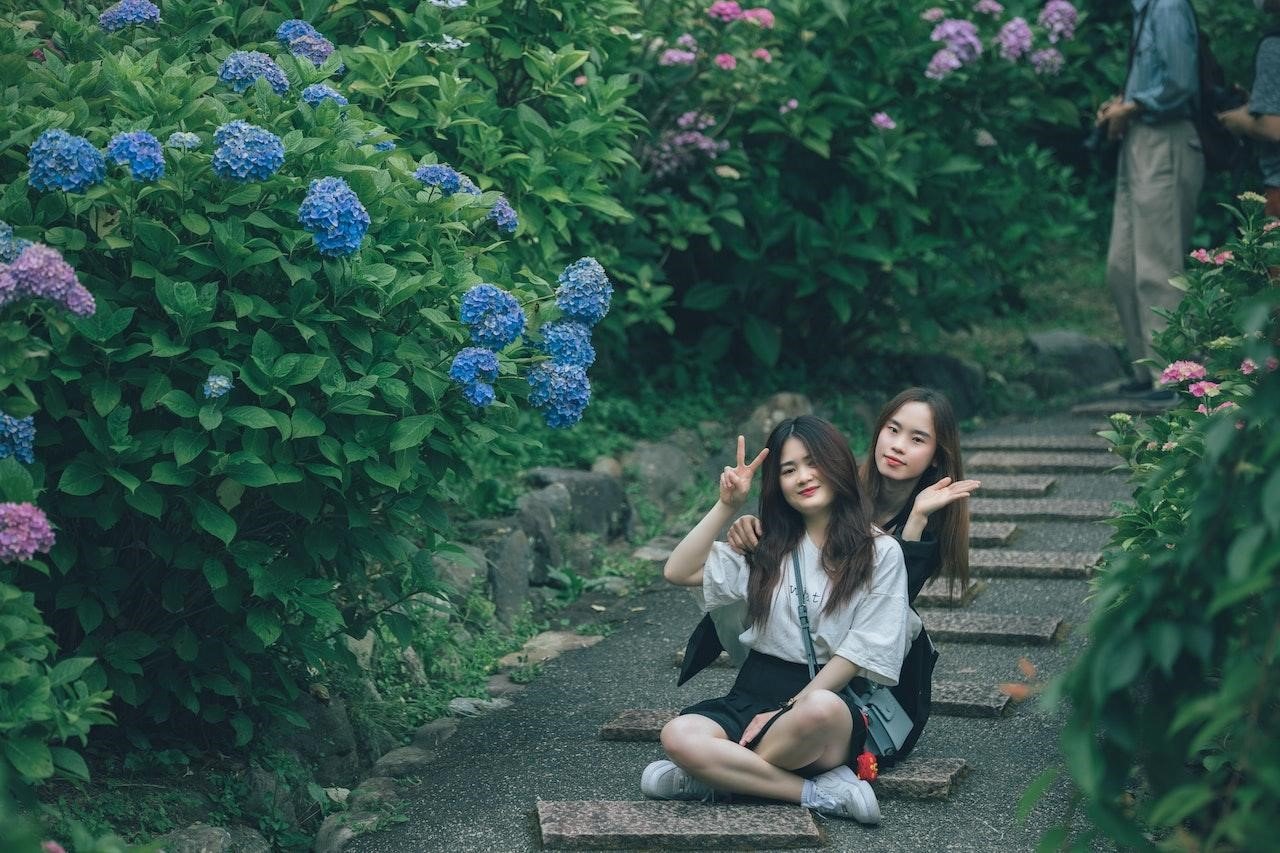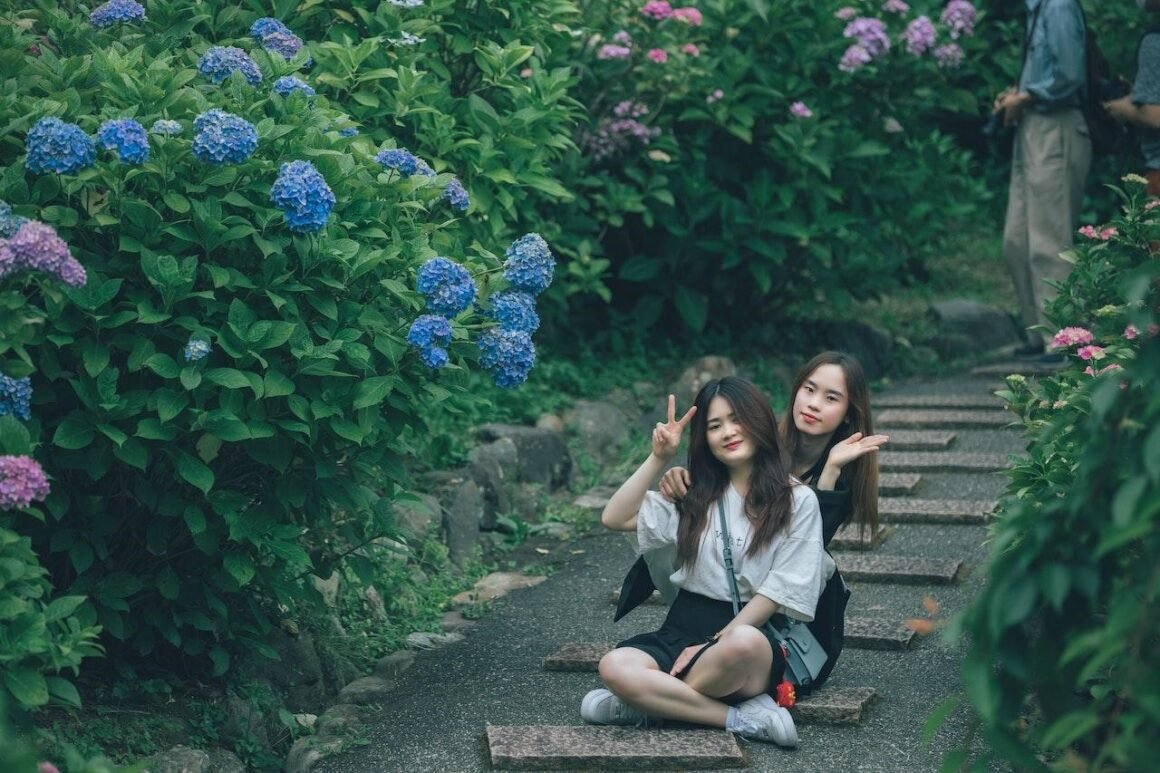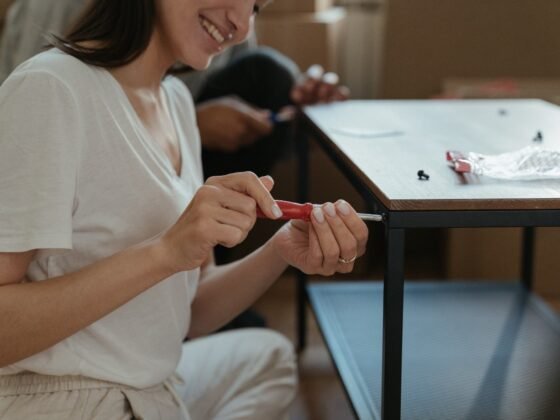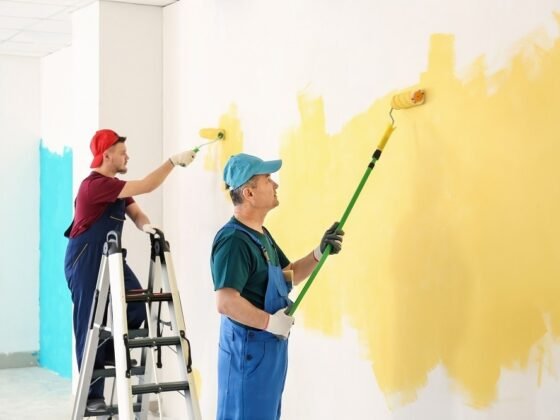Table of Contents Show
One effective way to make your space feel welcoming is by improving its visual appeal. While creating a sensory garden is one of the best ways to enhance your home’s visual appeal, it can be quite expensive and even feel out of reach for most people.

But it doesn’t have to; you can upcycle your old household goods or buy some at a low price to create the perfect sensory garden at a fraction of the cost of hiring a professional to design and create a sensory garden for you. All you will need is a creative eye, and you can achieve whatever feel you imagine with your garden.
If this is an option you want to explore, this guide offers some DIY ideas you may want to try out, so you may want to keep reading.
But, First, What Is a Sensory Garden?
A sensory garden is an outdoor area that stimulates all five human senses: smell, sight, sound, touch, and taste. Such gardens are most beneficial to children with sensory issues like autism and other disabilities. At other times these gardens are used in therapy for older adults who have dementia.
But the purpose of a sensory garden is not limited to people with special needs; they are an excellent way of calming the mind and reducing stress for any person. While a sensory garden has a lot to do with plants, there is more to it than plants, and you can be as creative as your imagination allows to achieve the perfect sensory garden for your space.
Read Also:
DIY Ideas for Creating a Sensory Garden from Upcycled Home Goods
1. DIY Flower Planters
Flowers are a core component of a sensory garden and are effective at stimulating three core human senses: sight, smell, and touch. Different flowers will have different colors in full bloom, so you will want to choose the right combination for the vibe you seek to achieve with your garden.
You have to be careful to use the right color combination, especially if the purpose of your sensory garden is therapy to avoid overstimulation. So, you may need to research the right combinations for different purposes.
Also, you have to be careful about allergies. If any member of your household is allergic to a specific type of flower, you will want to avoid it. Some plants to consider for your sensory garden include lavender, rosemary, mint, curry plant, dill, chamomile, buddleia, and mock orange, among others.
There may not be a flower DIY because there isn’t much in terms of flower alternatives. Again it would help if you aimed to have your garden as natural as possible, so artificial flowers may not be an option as they may be lacking in other aspects such as scents and texture. But some aspects of your flower planting could use some DIY and upcycled goods, such as planters.
You can transform almost anything into a flower planter, from worn-out tires and old buckets and kettles to old boxes and dressers. All you will need is to buy some paint to achieve your desired look. You may also need to keep retouching as the colors fade or gather some dirt.
2. DIY Waterfalls and Fountains
Studies show that the sound of water, such as a flowing stream or waves crashing on the shore, can help relax and calm the mind.
The sound of water is classified as white noise, which helps block out external distractions and improve focus. Some therapists even prescribe water for sounds as a sleep aid, thanks to its ability to lull the mind and body into a state of relaxation.
Overall, the sound of water can be a powerful tool for promoting relaxation and reducing stress.
While you may not achieve the sounds of the beach, you can create fountains and waterfalls from upcycled items such as old barrels, buckets, and a silent pump to maintain a cyclic water flow. You can also consider using rocks, pebbles, and sand to improve the visual appeal of your small water park.
3. DIY Chimes
Besides water sounds, you can do several other things to add sound to your sensory garden, like adding chimes. There are different types of chimes on the market that you could use.
But you don’t have to pay for chimes when you can make your own from old bottles, glasses, and metallic pieces like old keys, pipes, forks, and spoons. You will need to suspend these items on strings to allow them to hit each other in the wind to create sound.
4. DIY Bird Feeders and Drinkers
You can also consider attracting birds to your garden to add natural sound and movement. Using old utensils to build a bird feeder and providing watering spots are among the most practical ways to attract birds to your garden.
If you have a water fountain or fall, you may not need to provide additional watering spots. Learning about local birds and developing strategies to attract them to your garden would also be a good idea.
Leveraging House Value to Finance Larger Home Improvement Projects
If you want to go large-scale with your sensory garden but don’t have the budget for it, all is not lost. You can leverage the value of your home to access refinancing on your property mortgage loans to create the sensory garden you hope to have.
A sensory garden is among the things that can also help improve the value of your home by a big margin which means taking a loan to create one will be worthwhile.
If you can’t access mortgage refinancing, you can consider getting a personal loan as your last resort since they come at a higher interest rate than a mortgage loan.
Final Words
In conclusion, creating a sensory garden from upcycled home goods is a fun and eco-friendly way to add beauty, relaxation, and interest to your outdoor space without breaking the bank.
Whether you are a novice or an experienced gardener, there are plenty of simple DIY ideas that you can use to create a sensory garden using upcycled home goods.










